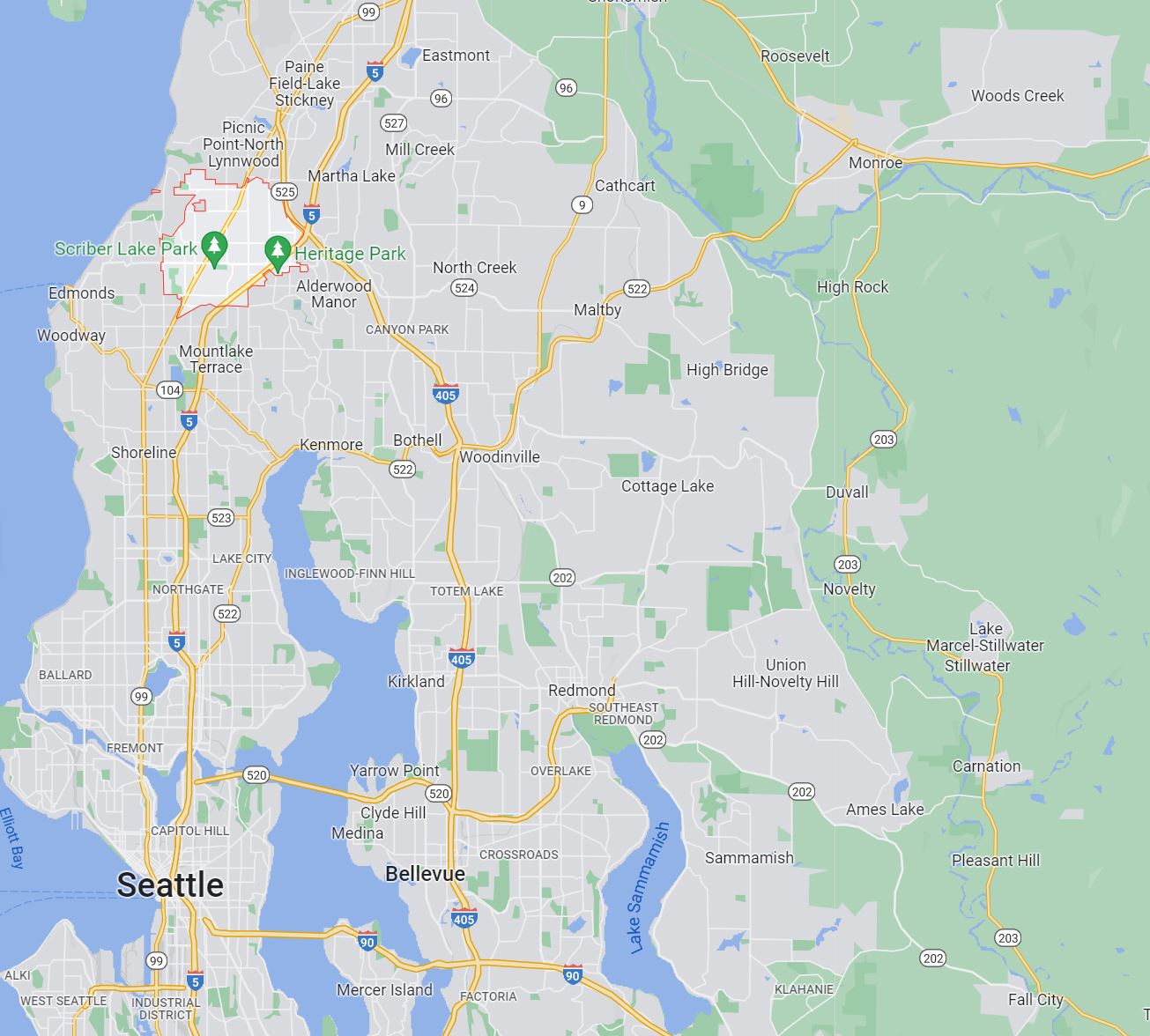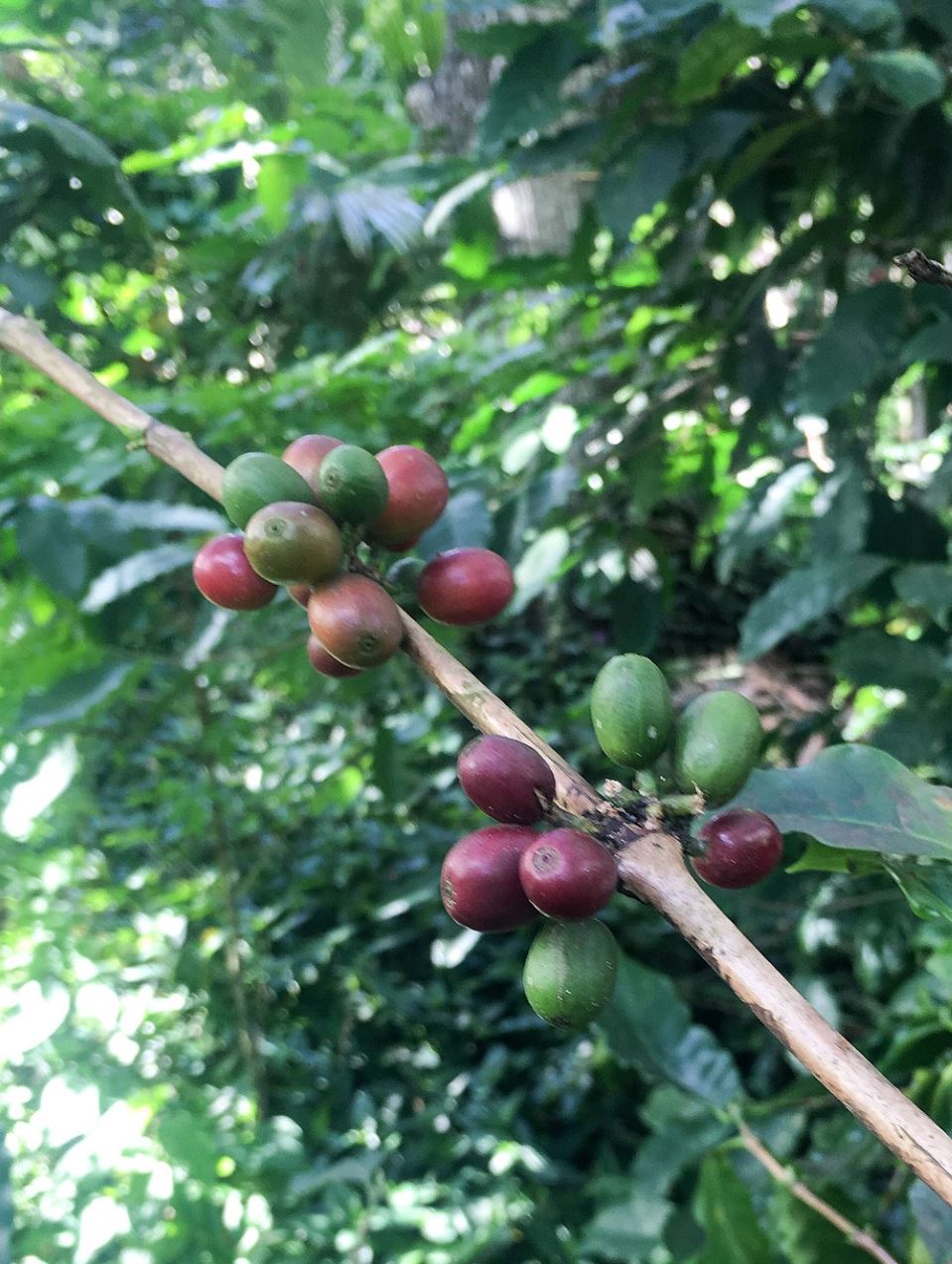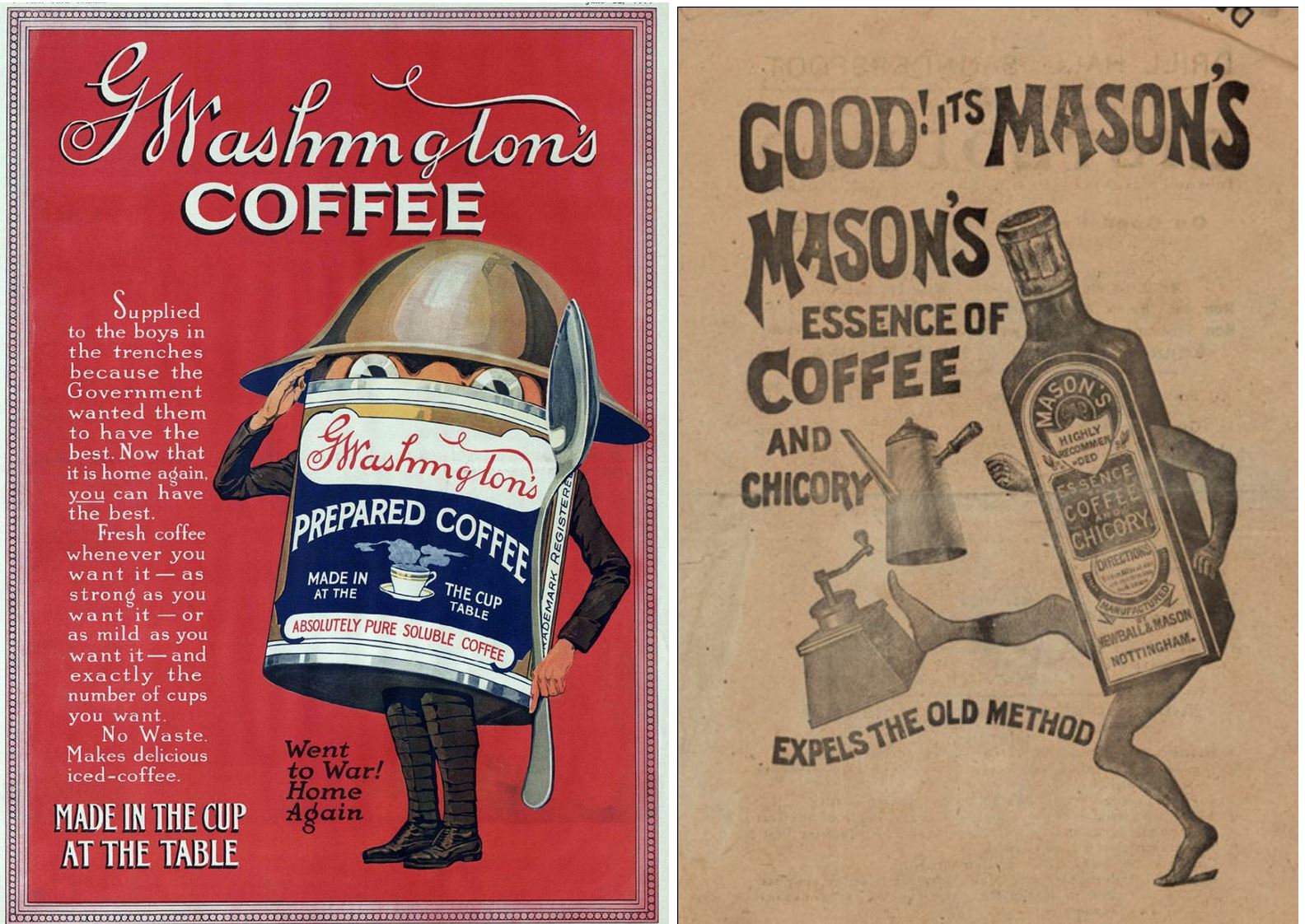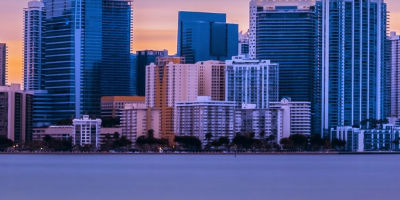From Snohomish Marky took us to know the mountains of western Washington state and we stopped to drink an expresso in a tremendously interesting place, where you could not take videos or photos. The place is called “Hillbily Hotties”, located at Lynnwood.
x

x
Lynnwood is a city in Snohomish County, Washington. The city is part of the Seattle metropolitan area and is located 16 miles (26 km) north of Seattle and 13 miles (21 km) south of Everett, near the junction of Interstate 5 and Interstate 405. It is the fourth-largest city in Snohomish County, with a population of 35,836 in the 2010 U.S. census.
Lynnwood is a suburban bedroom community for Seattle, Everett and Bellevue. It has one of the largest concentrations of retailers in the region, anchored by the Alderwood Mall and businesses along major streets. The city also has a community college, a convention center, and a major transit center, located in the developing city center.
The Lynnwood area was logged and settled by homesteaders in the late 19th century and early 20th century, including the development of Alderwood Manor as a planned farming community. Lynnwood, named for the wife of a realtor, emerged in the late 1940s around the intersection of Highway 99 and 196th Street Southwest. The city was incorporated on April 23, 1959, and grew into a suburban hub in the years following the completion of Interstate 5 and Interstate 405. Alderwood Mall opened in 1979 and spurred the transformation of eastern Lynnwood into a retail and office district.
x
Coffee
Coffee is a brewed drink prepared from roasted coffee beans, the seeds of berries from certain flowering plants in the Coffea genus. From the coffee fruit, the seeds are separated to produce a stable, raw product: unroasted green coffee. The seeds are then roasted, a process which transforms them into a consumable product: roasted coffee, which is ground into fine particles that are typically steeped in hot water before being filtered out, producing a cup of coffee.
x

x
Coffee is darkly colored, bitter, slightly acidic and has a stimulating effect in humans, primarily due to its caffeine content. It is one of the most popular drinks in the world and can be prepared and presented in a variety of ways (e.g., espresso, French press, caffè latte, or already-brewed canned coffee). It is usually served hot, although chilled or iced coffee is common. Sugar, sugar substitutes, milk or cream are often used to lessen the bitter taste or enhance the flavor. It may be served with coffee cake or another sweet dessert, like doughnuts. A commercial establishment that sells prepared coffee beverages is known as a coffeehouse or coffee shop (not to be confused with Dutch coffeeshops selling cannabis).
Clinical research indicates that moderate coffee consumption is benign or mildly beneficial as a stimulant in healthy adults, with continuing research on whether long-term consumption reduces the risk of some diseases, although some of the long-term studies are of questionable credibility.
The earliest credible evidence of the drinking of coffee in the form of the modern beverage appears in modern-day Yemen from the middle of the 15th century in Sufi shrines, where coffee seeds were first roasted and brewed in a manner similar to current methods. The Yemenis procured the coffee beans from the Ethiopian Highlands via coastal Somali intermediaries and began cultivation. By the 16th century, the drink had reached the rest of the Middle East and North Africa, later spreading to Europe.
The two most commonly grown coffee bean types are C. arabica and C. robusta. Coffee plants are cultivated in over 70 countries, primarily in the equatorial regions of the Americas, Southeast Asia, the Indian subcontinent, and Africa. As of 2018, Brazil was the leading grower of coffee beans, producing 35% of the world total.Coffee is a major export commodity as the leading legal agricultural export for numerous countries. It is one of the most valuable commodities exported by developing countries. Green, unroasted coffee is the most traded agricultural commodity and one of the most traded commodities overall, second only to petroleum.Despite the sales of coffee reaching billions of dollars, those actually producing the beans are disproportionately living in poverty. Critics also point to the coffee industry’s negative impact on the environment and the clearing of land for coffee-growing and water use. The environmental costs and wage disparity of farmers are causing the market for fair trade and organic coffee to expand.
x

x
The word coffee entered the English language in 1582 via the Dutch koffie, borrowed from the Ottoman Turkish kahve (قهوه), borrowed in turn from the Arabic qahwah (قَهْوَة). The Arabic word qahwah was traditionally held to refer to a type of wine whose etymology is given by Arab lexicographers as deriving from the verb قَهِيَ qahiya, ‘to lack hunger’, in reference to the drink’s reputation as an appetite suppressant. This Arabic root is also cognate with the Hebrew root k-h-h (כהה), which means “smoky” and “matte”.
The term coffee pot dates from 1705. The expression coffee break was first attested in 1952.
According to one legend, ancestors of today’s Oromo people in a region of Jimma in Ethiopia were the first to recognize the energizing effect of the coffee plant. However, no direct evidence that has been found earlier than the 15th century indicating who among the African populations used it as a stimulant, or where coffee was first cultivated. The story of Kaldi, the 9th-century Ethiopian goatherd who discovered the stimulating effect of coffee when he noticed how excited his goats became after eating the beans from a coffee plant, did not appear in writing until 1671 and is probably apocryphal.
Another legend attributes the discovery of coffee to a Sheikh Omar. According to an old chronicle (preserved in the Abd-Al-Kadir manuscript), Omar, who was known for his ability to cure the sick through prayer, was once exiled from Mocha in Yemen to a desert cave near Ousab (modern-day Wusab, about 90 kilometres (56 mi) east of Zabid, Yemen). Starving, Omar chewed berries from nearby shrubbery but found them to be too bitter. He tried roasting the seeds to improve the flavor, but they became hard. He then tried boiling them to soften the seed, which resulted in a fragrant brown liquid. Upon drinking the liquid, Omar was revitalized and sustained for days. As stories of this “miracle drug” reached Mocha, Omar was asked to return and was made a saint.
Index
x
xxxxxxxxxx On our way to Centralia
xxxxxxxxxx Shopping at Safeway
xxxxxxxxxx Holy Water
xxxxxxxxxx Flip Wilson’s routine
xxxxxxxxxx At Beverly’s
x
xxxxxxxxxx On our way to Snohomish
xxxxxxxxxx Marky’s home in Snohomish
xxxxxxxxxx How the Loshes found Bob
xxxxxxxxxx Making Cuban Coffee
xxxxxxxxxx Sharpening Marky’s knife
x
x
xxxxxxxxxx Helen, Georgia
xxxxxxxxxx German restaurant in Florida
xxxxxxxxxx Colonia Tovar in Venezuela
xxxxxxxxxx Chonchita’s home
x
xxxxxxxxxx Rosario Beach
xxxxxxxxxx Deception Pass
xxxxxxxxxx On our way to Coupeville
xxxxxxxxxx Visiting Coupeville
x
x
xxxxxxxxxx Lunch at Shary
xxxxxxxxxx At Sharon’s
xxxxxxxxxx At the Bower’s
xxxxxxxxxx Old photos from Deer Park
xxxxxxxxxx Dennis Basketball Team
xxxxxxxxxx Onalaska General Store
x
xxxxxxxxxx I ain’t gone give nobody
xxxxxxxxxxxxxxxnone of my jolly roll
xxxxxxxxxx Nena Marinelli’s version
xxxxxxxxxx Emma Barrett’s version
xxxxxxxxxx New Orleans
xxxxxxxxxxxxxxxStompers’ version
x
2018
x
x
xxxxxxxxxx Monroe Road
xxxxxxxxxx Wild Rose Cemetery
xxxxxxxxxx Loshes’ Old Home
xxxxxxxxxx Sunflower field I
xxxxxxxxxx Sunflower field II
xxxxxxxxxx Wheat field
x
xxxxxxxxxx Entering Deer Park
xxxxxxxxxx Driving around Deer Park
xxxxxxxxxx Main Street Deer Park
xxxxxxxxxx Deer Park Hish School
xxxxxxxxxx 1st. Street Restaurant
xxxxxxxxxx Shopping at Yoke’s
x
x
xxx


